Increasing Prevalence of Eye Disorders
The rising incidence of eye disorders, such as glaucoma, diabetic retinopathy, and age-related macular degeneration, is a primary driver for the Ophthalmic Drug Delivery System Market. According to recent estimates, millions of individuals are affected by these conditions, necessitating effective treatment options. This growing patient population is likely to propel demand for innovative drug delivery systems that enhance therapeutic efficacy and patient compliance. As the prevalence of these disorders continues to escalate, the market for ophthalmic drug delivery systems is expected to expand significantly, with projections indicating a compound annual growth rate (CAGR) of over 7% in the coming years. The need for advanced delivery mechanisms that can provide sustained release and targeted action is becoming increasingly apparent, thereby driving investments in research and development within the industry.
Growing Investment in Ophthalmic Research
Investment in ophthalmic research is on the rise, significantly impacting the Ophthalmic Drug Delivery System Market. Pharmaceutical companies and research institutions are increasingly allocating resources to develop novel drug delivery systems that can address complex ocular diseases. This trend is driven by the recognition of the substantial market potential associated with effective ophthalmic therapies. Recent data suggests that funding for ophthalmic research has increased by over 15% in the past few years, reflecting a growing commitment to innovation in this field. The influx of capital is likely to facilitate the development of cutting-edge technologies, such as gene therapy and targeted drug delivery systems. As research continues to advance, the ophthalmic drug delivery market is expected to benefit from a pipeline of innovative products that can meet the evolving needs of patients and healthcare providers.
Regulatory Support for Innovative Therapies
Regulatory bodies are increasingly supportive of innovative therapies within the Ophthalmic Drug Delivery System Market. Initiatives aimed at expediting the approval process for novel drug delivery systems are becoming more common. This regulatory environment encourages companies to invest in research and development, fostering innovation in the field. For instance, the introduction of fast-track designations for breakthrough therapies is likely to accelerate the availability of new treatments to patients. Additionally, regulatory agencies are providing guidance on the development of combination therapies, which can enhance the effectiveness of existing treatments. As a result, the supportive regulatory landscape is expected to stimulate growth in the ophthalmic drug delivery market, enabling the introduction of advanced solutions that address unmet medical needs.
Rising Demand for Patient-Centric Solutions
The Ophthalmic Drug Delivery System Market is increasingly influenced by the demand for patient-centric solutions. Patients are seeking treatments that not only provide efficacy but also enhance their overall experience. This trend is prompting manufacturers to develop drug delivery systems that are easier to use, such as eye drops with improved viscosity or sustained-release formulations. The focus on patient compliance is paramount, as non-adherence to prescribed regimens can lead to treatment failures. Market data indicates that patient-centric products are gaining popularity, with a notable increase in sales of user-friendly delivery systems. Companies are investing in research to understand patient needs better, which is likely to result in innovative solutions that cater to these preferences. This shift towards patient-centricity is expected to drive growth in the ophthalmic drug delivery market, as it aligns with broader healthcare trends emphasizing personalized medicine.
Technological Advancements in Drug Delivery
Technological innovations are transforming the Ophthalmic Drug Delivery System Market, leading to the development of more efficient and patient-friendly delivery methods. Recent advancements include the introduction of micro- and nano-carriers, which enhance drug solubility and bioavailability. These technologies allow for precise targeting of ocular tissues, thereby improving therapeutic outcomes. Furthermore, the integration of smart delivery systems, such as implantable devices and ocular inserts, is gaining traction. These systems can provide controlled release of medications over extended periods, reducing the frequency of administration. The market is witnessing a shift towards these advanced technologies, with estimates suggesting that the segment could account for a substantial share of the overall market by 2027. As a result, the ongoing technological evolution is likely to be a significant driver of growth in the ophthalmic drug delivery sector.


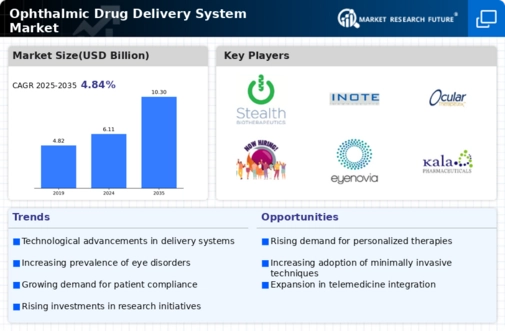

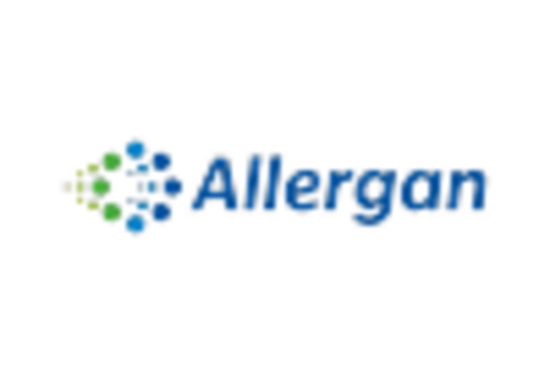
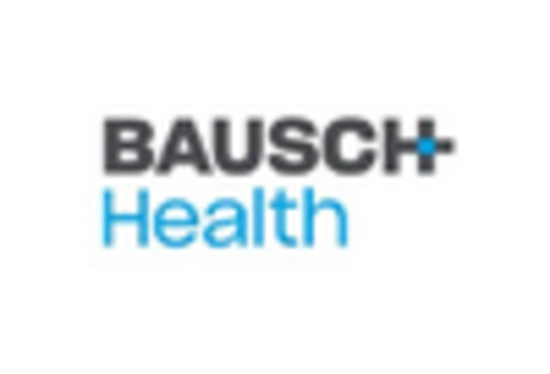
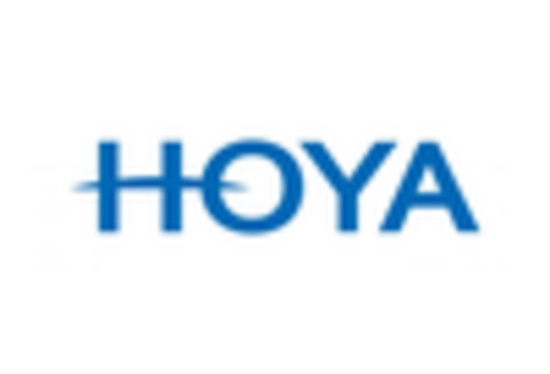

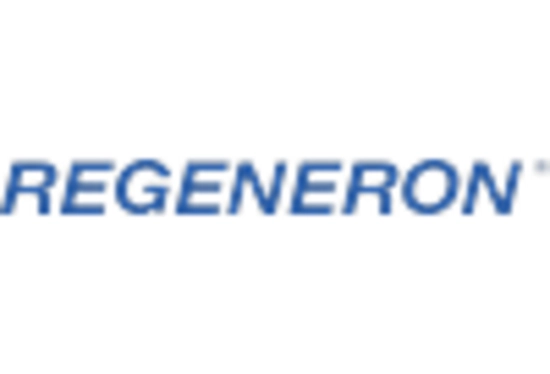
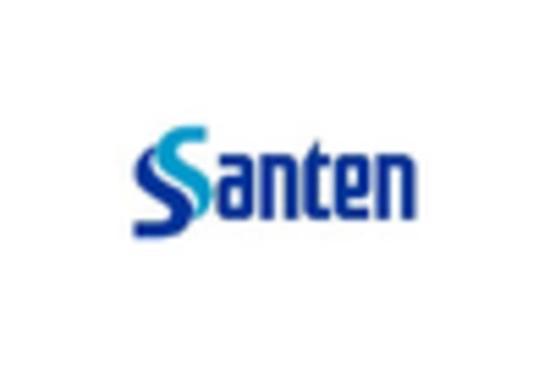








Leave a Comment